🚬 Is Rolling Paper Harmful? What You Need to Know About Safety

If you've ever wondered about the safety of rolling papers, you're not alone. 🤔 With so many options on the market and conflicting information online, it's important to understand what you're actually using and how different materials can affect your experience.
📋 Table of Contents
- 📄 What Are Rolling Papers Actually Made Of?
- ⚠️ The Real Concerns: What Makes Rolling Papers Potentially Harmful?
- ✅ How to Choose Safer Rolling Papers
- 🔍 The Bigger Picture: Smoking vs. Paper Safety
- 🎨 Custom and Specialty Papers: What to Know
- 💡 Practical Safety Tips
- 🎯 Reading Between the Lines: Marketing vs. Reality
- 🔬 What the Research Actually Says
- ✨ The Bottom Line
Rolling papers have been used for centuries, but not all papers are created equal. ⚖️ The safety of rolling paper largely depends on what it's made from, how it's processed, and whether any additives or chemicals are used in production. Let's break down what you need to know. 👇
📄 What Are Rolling Papers Actually Made Of?
Most rolling papers fall into a few main categories based on their base material. Understanding these differences is the first step in making informed choices. 📚
🌲 Wood Pulp Papers
Traditional rolling papers are often made from wood pulp, similar to regular paper. 📃 These tend to be thicker and burn more slowly. The key distinction here is whether they're bleached or unbleached. ⚠️ **Unbleached wood pulp papers** are actually quite safe since they avoid chlorine processing and contain minimal chemicals. However, bleached papers that use chlorine can leave behind trace chemicals that create harmful byproducts when burned. Always look for unbleached options when choosing wood pulp papers. ✅
🍚 Rice Papers
Rice papers have gained popularity because they're thinner and burn cleaner than wood pulp alternatives. ✨ They're made from processed rice and typically contain fewer additives. Many people find that rice papers produce less ash and have a more neutral taste that doesn't interfere with what you're smoking. 👌
🌿 Hemp Papers
Hemp-based rolling papers are considered by many to be among the safest options. 🏆 Hemp is naturally sustainable and requires minimal processing. These papers usually contain no chlorine or other harsh chemicals, and they burn at a consistent rate without producing excessive smoke or ash. 💚
⚠️ The Real Concerns: What Makes Rolling Papers Potentially Harmful?
When people ask whether rolling papers are harmful, they're usually concerned about specific additives and chemicals. Here's what actually matters: 🔬
🧪 Chemical Additives to Watch For
Chlorine bleaching: ⚪ Many white papers are bleached with chlorine, which can leave behind trace chemicals. When burned, these can create harmful byproducts. 🚫 Look for papers labeled as unbleached or using oxygen-based bleaching methods instead.
Calcium carbonate: 🪨 This is sometimes added to slow the burn rate. While not necessarily dangerous in small amounts, it does create more ash and can affect taste.
Artificial dyes and flavors: 🎨 Papers with artificial colors or synthetic flavors often contain chemicals that aren't meant to be inhaled when combusted. If you want flavored papers, look for those using essential oils or natural extracts instead. For colored papers, choose soy-based inks. ✅
✅ How to Choose Safer Rolling Papers
Making informed choices doesn't have to be complicated. Here are practical factors to consider when selecting rolling papers: 📝
🔎 Look for Transparency
Reputable manufacturers will clearly list their ingredients and production methods. 📋 If a company isn't transparent about what goes into their papers, that's a red flag. 🚩 Quality brands understand that health-conscious consumers want to know exactly what they're using.
✔️ Consider Certification
Some papers carry certifications indicating they're free from harmful chemicals or made from sustainably sourced materials. 🌱 FSC certification, for instance, ensures responsible forestry practices. Organic certifications can indicate fewer pesticides and chemicals. 🏅
📏 Thickness Matters
Thinner papers generally produce less smoke because there's less paper material burning alongside your herbs. 💨 This is one reason why rice and hemp papers are often preferred by those concerned about minimizing exposure to paper smoke.
🔍 The Bigger Picture: Smoking vs. Paper Safety
Here's something important to keep in perspective: 💭 while choosing quality rolling papers matters, the act of smoking itself carries health risks regardless of what type of paper you use. Inhaling any kind of smoke introduces combustion byproducts into your lungs. 🫁
That said, if you're going to smoke, using cleaner, chemical-free papers is a reasonable harm reduction strategy. ♻️ It's about making the best choices within the context of your decisions.
🎨 Custom and Specialty Papers: What to Know
The market has evolved considerably, and now you can find papers tailored to specific preferences. ✨ Custom rolling papers have become increasingly popular, allowing people to choose not just the material, but also the size, thickness, and even design elements. 🎭
When considering custom options, apply the same safety criteria you would to any paper. 🔐 Ask about the base material, whether any bleaching agents are used, and what kind of inks or printing methods are employed if the papers feature designs or branding.
Soy-based inks: 🖨️ If you want custom designs or branding on your papers, look for manufacturers that use soy-based inks rather than petroleum-based inks. Soy inks are derived from soybeans and are considered a more natural, eco-friendly option. They produce fewer volatile organic compounds (VOCs) when burned and are generally safer than synthetic dyes or chemical-based inks. Many reputable custom paper manufacturers now offer soy ink printing as a standard or premium option. ✨
The advantage of custom rolling papers from reputable suppliers is that you can often specify exactly what you want, including ensuring the materials meet your safety standards. 🎯 Many manufacturers now offer organic hemp or rice paper options for custom orders, giving you control over both aesthetics and safety. 💯
🌸 Natural vs. Artificial Flavored Papers
Not all flavored papers are created equal, and it's crucial to understand the difference between natural and artificial flavoring methods: 🔍
Essential Oil Flavored Papers: 🌿 These use natural plant extracts like peppermint oil, lavender, or citrus oils. Essential oils are derived directly from plants and contain no synthetic chemicals. While they're significantly safer than artificial flavors, keep in mind that you're still inhaling combustion byproducts from these oils. The safety depends heavily on the purity and quality of the essential oils used. Therapeutic-grade essential oils from reputable sources are preferable. ✨
Natural Flavor Papers: 🍃 Some manufacturers use natural flavor extracts from fruits, herbs, or spices. These are better than synthetic options but still introduce additional compounds when burned. If you choose naturally flavored papers, look for brands that clearly specify their flavoring sources and use food-grade or higher quality extracts.
Artificial Flavored Papers: ❌ These contain synthetic chemicals and artificial dyes designed to mimic flavors. When burned, these can produce unknown and potentially harmful compounds. These are the ones to avoid if you're concerned about safety.
The key takeaway: If you want flavored papers, always choose those using essential oils or natural extracts over artificial flavors, and purchase from transparent manufacturers who disclose their flavoring sources. 💚
💡 Practical Safety Tips
Beyond choosing the right papers, here are some practical considerations for safer use: 👇
- 🌡️ Store papers in a cool, dry place away from moisture and contaminants
- 🧼 Wash your hands before rolling to avoid introducing bacteria or chemicals
- 👃 If papers have an unusual smell or appearance, don't use them
- 🍃 Avoid papers with artificial perfumes or synthetic flavors; choose essential oil options if you want flavor
- 🔥 Consider the burn rate – papers that burn too fast or too slow may indicate additives
🎯 Reading Between the Lines: Marketing vs. Reality
The rolling paper industry uses a lot of marketing terms that can be confusing. 🤷 Here's what some common claims actually mean:
"Natural" papers: 🌾 This term isn't regulated, so it can mean almost anything. Look for specific information about materials and processing instead.
"Organic": 🌿 This is more meaningful if there's actual certification backing it up. Truly organic papers should have documentation proving no synthetic pesticides or chemicals were used.
"Ultra-thin": 📄 Generally a good sign, as it means less paper material is being burned. However, very thin papers can be harder to roll for beginners. 🎓
"Slow-burning": ⏱️ This often means calcium carbonate or other burn retardants have been added. Not necessarily harmful, but worth being aware of.
🔬 What the Research Actually Says
Scientific research specifically on rolling paper safety is limited, which is part of why there's so much confusion. 📊 Most health research focuses on the substances being smoked rather than the paper itself.
However, studies on combustion byproducts tell us that burning any cellulose-based material produces some level of carbon monoxide, particulate matter, and other compounds. 🧬 The cleaner and simpler the paper composition, the fewer additional combustion byproducts you're likely to encounter.
Research also indicates that additives like bleaching agents and dyes can create additional harmful compounds when burned. 🔍 This supports the common-sense approach of choosing papers with minimal processing and additives.
✨ The Bottom Line
So, is rolling paper harmful? 🤔 The honest answer is that it depends on what the paper is made from and how you use it. Papers containing chlorine bleaching, artificial dyes, or synthetic chemical flavoring can introduce unnecessary risks. ⚠️ On the other hand, papers made from hemp, rice, unbleached wood pulp, those using natural soy-based inks, or naturally flavored with essential oils are generally considered safe or reasonable choices. ✅
📊 Rolling Paper Safety Comparison
| Paper Type 📝 | Safety Level 🛡️ | Key Benefits ✅ | Things to Watch ⚠️ |
|---|---|---|---|
| 🌿 Hemp Papers | HIGH ⭐⭐⭐⭐ | Minimal processing, no chlorine, sustainable, consistent burn | Slightly higher price point |
| 🍚 Rice Papers | HIGH ⭐⭐⭐⭐ | Thin, clean burn, less ash, neutral taste | Can be delicate for beginners |
| 🌲 Unbleached Wood Pulp | HIGH ⭐⭐⭐⭐ | No chlorine, natural material, affordable, easy to roll | Slightly thicker than rice/hemp papers |
| ⚪ Bleached Papers | MEDIUM ⭐⭐⭐ | Consistent appearance, widely available | Chlorine residue, chemical processing |
| 🖨️ Soy Ink Colored Papers | HIGH ⭐⭐⭐⭐ | Natural plant-based ink, customizable designs, eco-friendly, low VOCs | Ensure base paper is quality, verify ink certification |
| 🌸 Essential Oil/Natural Flavor Papers | MEDIUM ⭐⭐⭐ | Plant-based flavoring, no synthetic chemicals, natural aromatics | Combustion of oils can vary, quality/purity matters, adds inhalants |
| 🎨 Artificial Flavored/Colored Papers | LOW ⚠️ | Variety of tastes and colors | Artificial dyes, synthetic chemicals, unknown additives |
The most important steps you can take are to choose papers from transparent manufacturers, look for minimal processing and additives, and consider natural materials like hemp, rice, unbleached wood pulp, or soy ink printing. 🌱 Whether you use standard papers or opt for custom rolling papers designed to your specifications, prioritizing quality and purity makes sense. 💚
Remember that the paper is just one factor in the overall equation. 📐 Using the cleanest papers available is a reasonable harm reduction strategy, but it doesn't eliminate the inherent risks associated with smoking. Stay informed, make conscious choices, and prioritize quality whenever possible. 🙏

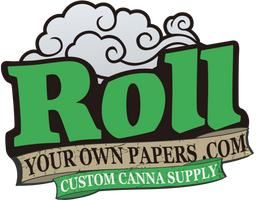
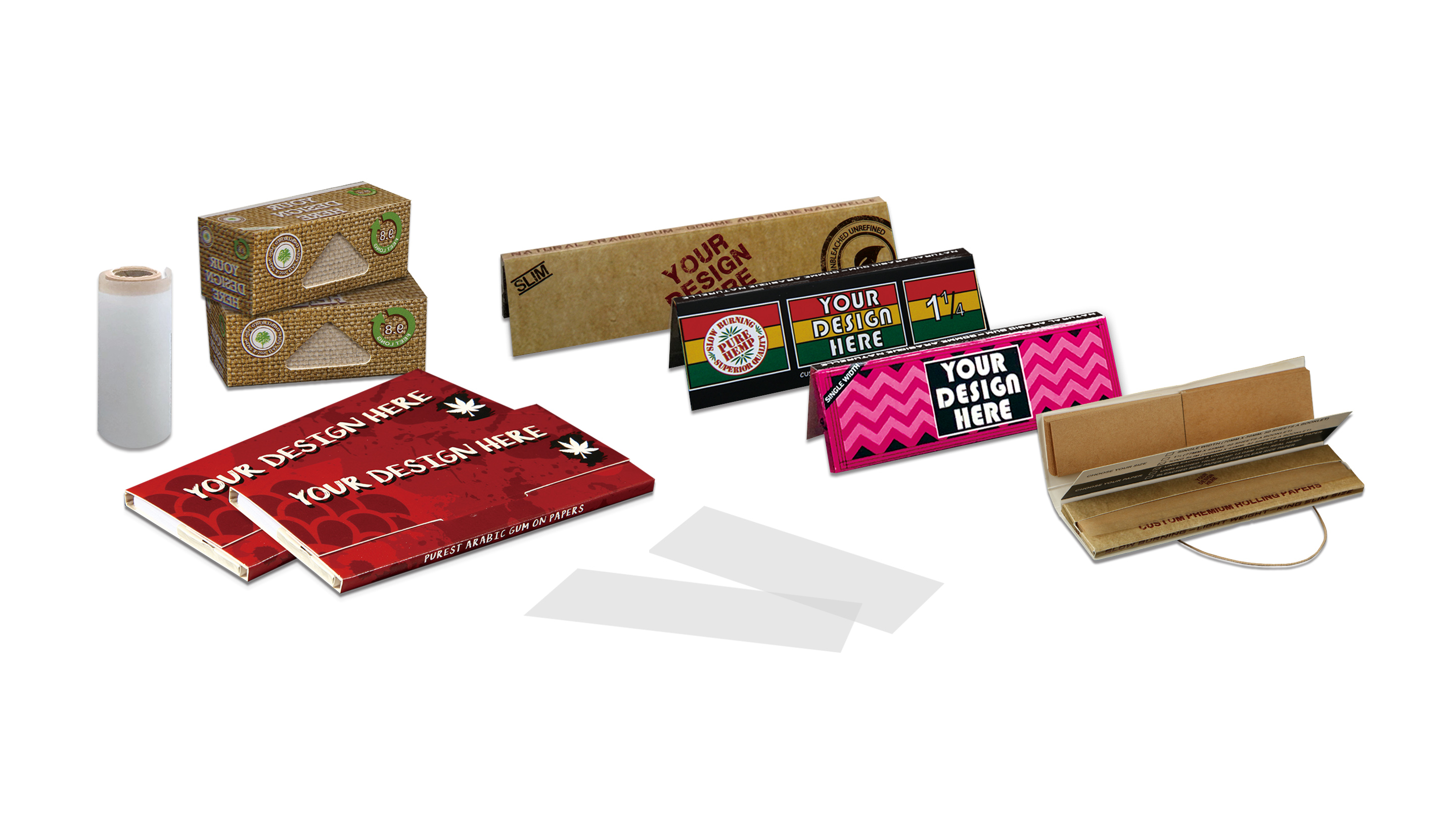

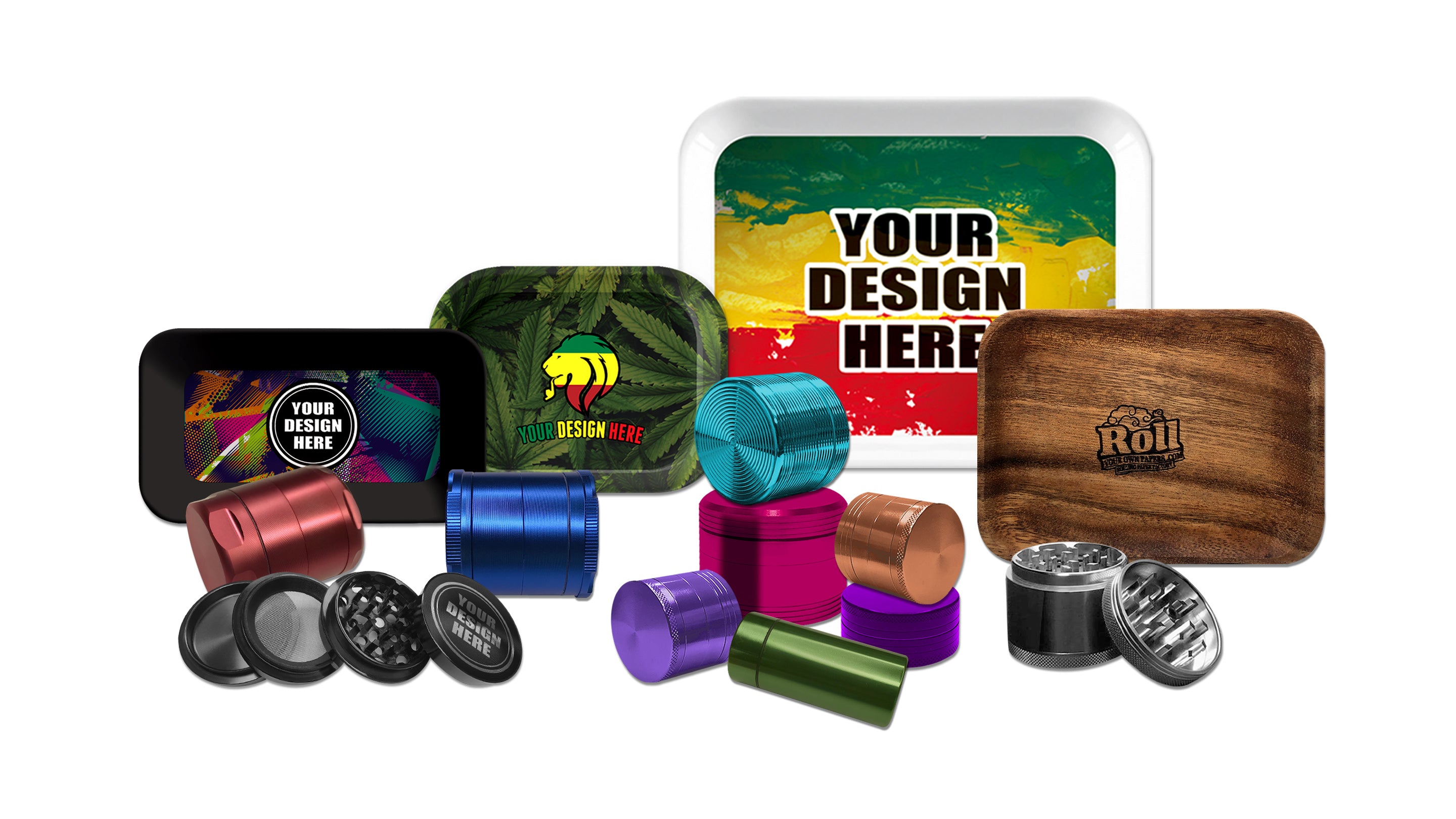
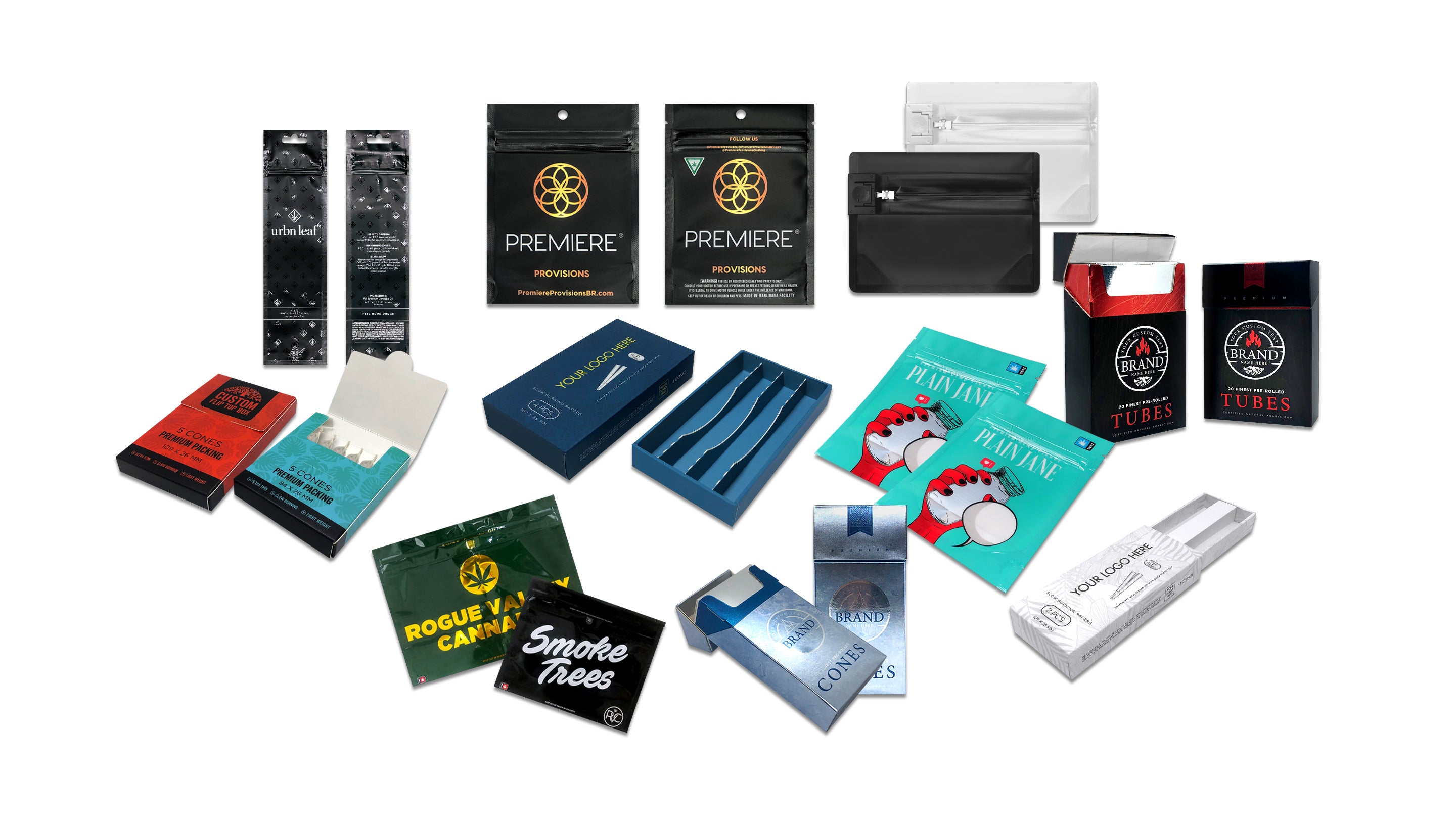
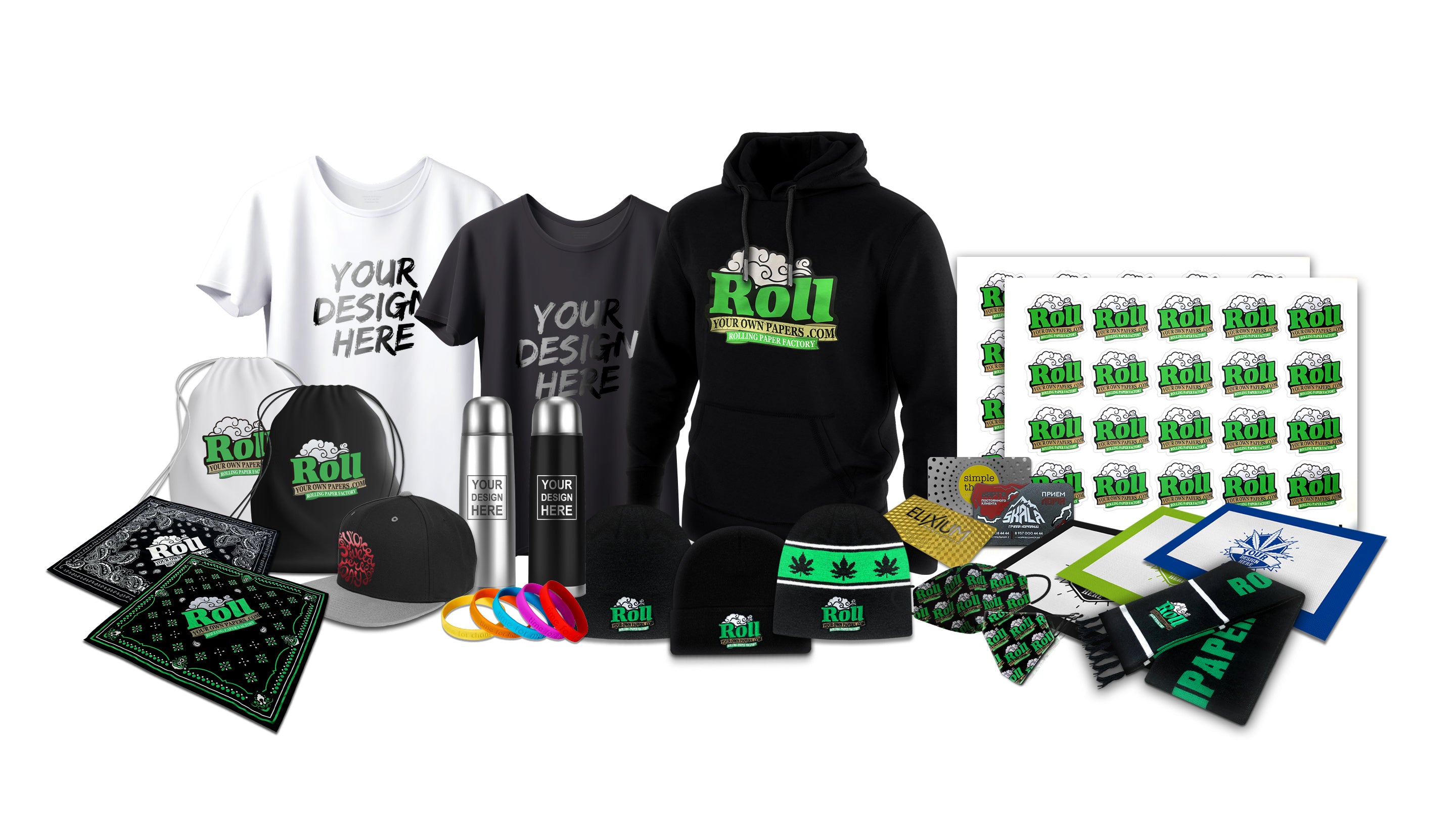





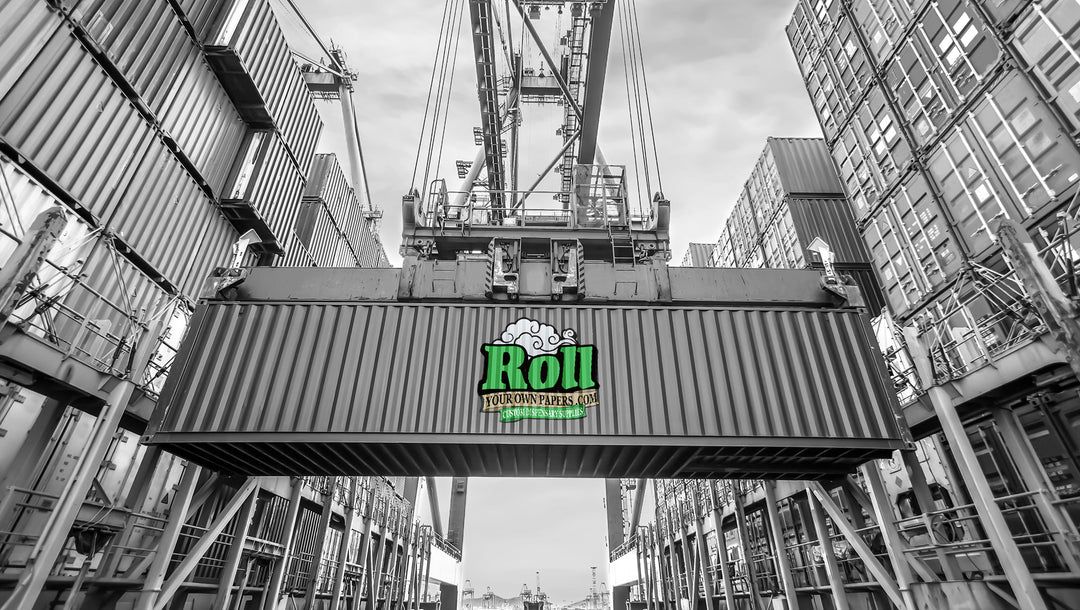

Leave a comment